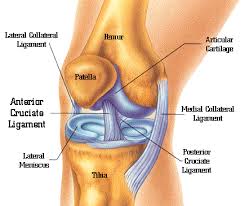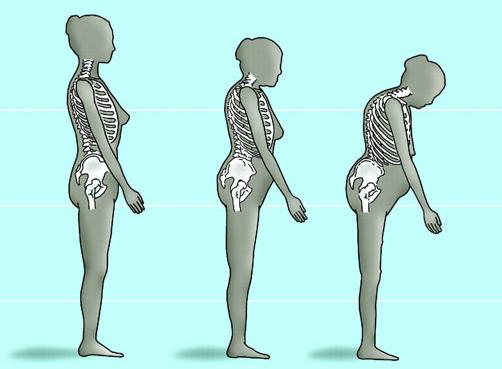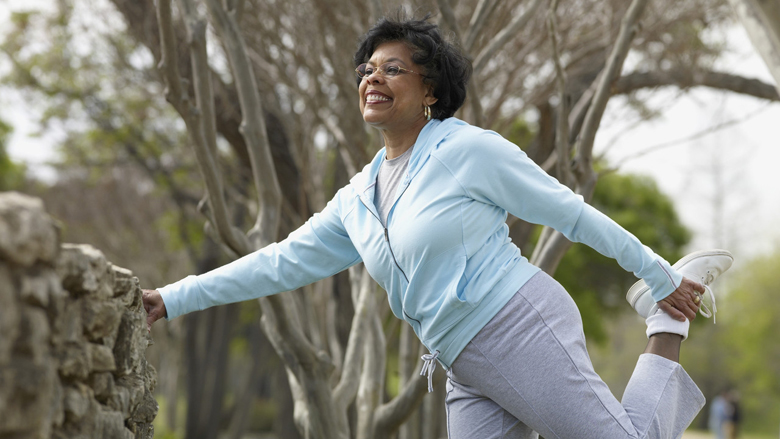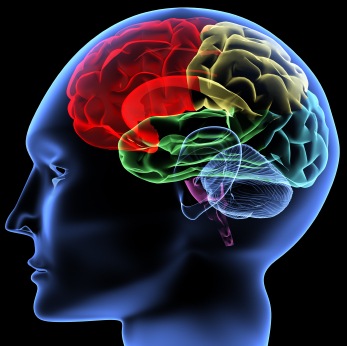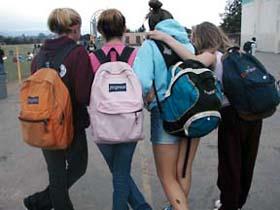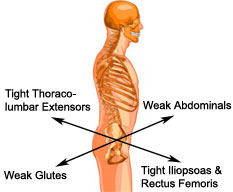Strength and Flexibility is the Key to a Safe Ski Season
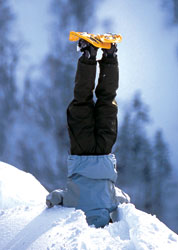
Having a goal of a great trip down the road, should help make your training easier to do consistently, and should make the trip much more enjoyable. But we can’t forget to stretch.
Strength and flexibility focusing on the legs and trunk are vital in injury prevention specific for skiing. And balance training has been shown to be the single most important exercise for preventing ACL tears in women. Flexibility or stretching exercises should be done daily. 2 sets of each exercise holding for 60 seconds each is a good guideline. Below are some major muscle groups that need to be focused on:


